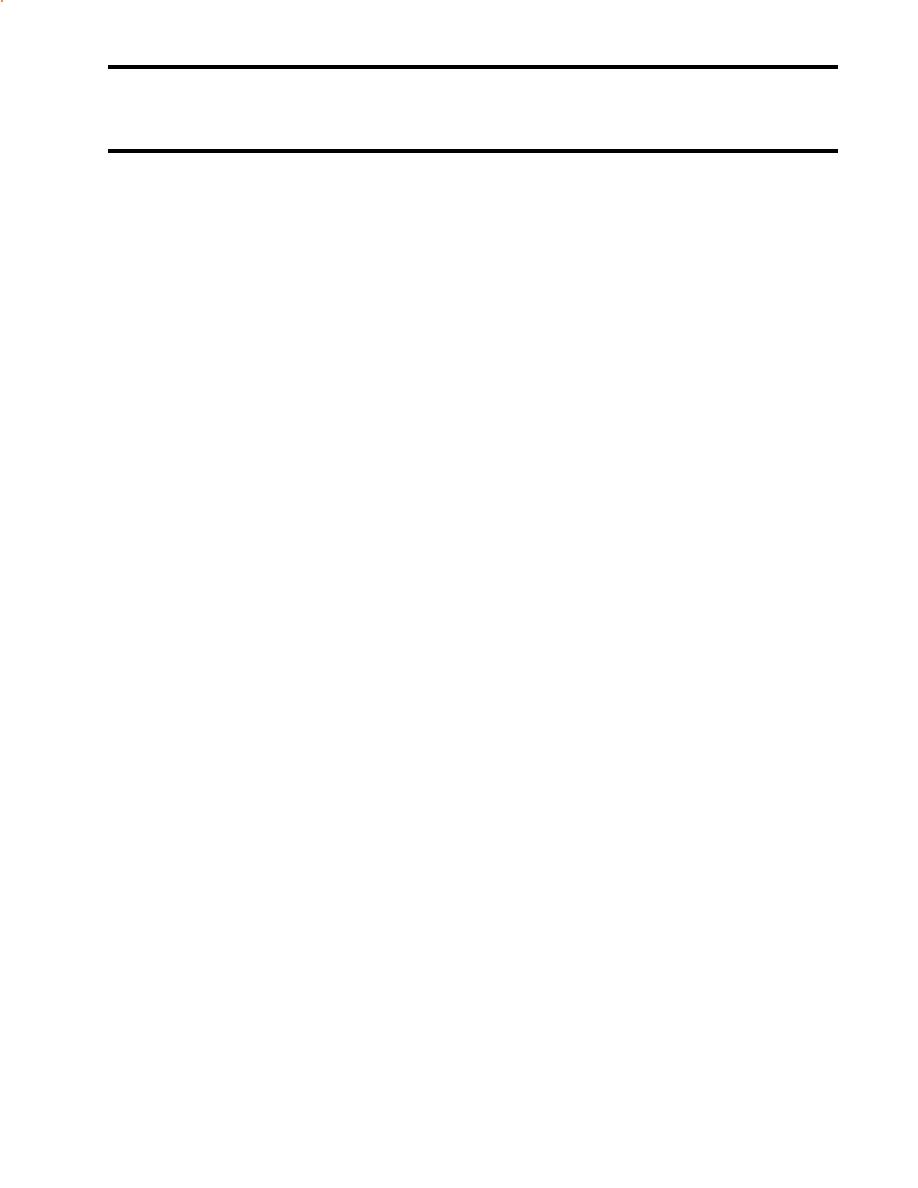
| Tweet |

Custom Search
|
|

|
||
 TM 55-1925-273-10-1
OPERATOR'S MANUAL
INLAND AND COASTAL LARGE TUG (LT)
THEORY OF OPERATION
MAIN PROPULSION ENGINES
PROPULSION PLANT
There are two main propulsion plants installed. Each plant consists of a main engine coupled to a two-speed reversing
reduction gear. The output shaft of the reduction gear is coupled to the propeller shaft. Each propeller shaft is equipped with
a pneumatically operated shaft brake system. The shaft brake system is designed to lock the shaft when the reduction gear
is in neutral. The machinery plant monitoring system monitors the propulsion plant. Operational control is provided by a
pneumatic control system.
MAIN PROPULSION ENGINES
Two main propulsion engines are provided. Both engines are marine V-12 cylinders, 2 cycle diesel engines equipped with
a turbocharger and an aftercooler. Both engines are air started using compressed air from the air starting system. The port
engine is left-hand rotating; the starboard is right-hand rotating.
ENGINE CONTROL PANEL
The engine control panel contains indicators that monitor the operation of both engines. Gauges monitor oil pressure, fuel
pressure, air pressure, engine speed, cylinder temperature, and hours of operation. Eight warning lights monitor selected
engine parameters. Switches are provided for starting, stopping, and testing alarms.
GOVERNOR
The operator sets the desired engine speed using the throttle control at the station in command. The governor converts the
air pressure from the throttle controls to the proper setting of the engine injector rack linkage, which controls fuel to the
cylinders. The governor also contains a manual shutdown button mounted on top for shutdown locally or in an emergency
situation.
FUEL SYSTEM
The engine fuel oil system consists of four front mounted fuel filter/water separators (figure 1, item 1), a hand pump (figure 1,
item 2), an engine mounted duplex fuel filter set (figure 1, item 3), a fuel supply manifold (figure 1, item 4), and fuel return
manifold (figure 1, item 5). The fuel pump draws in fuel from the day tank to the engine front mounted fuel filter/water
separator (figure 1, item 1). Fuel then passes through the duplex filter element and is sent to the fuel manifold. Fuel in the
fuel manifold of the injection pump housing is the supply for the injection pumps. Injection pumps (one per cylinder) send
fuel to the fuel injection nozzle. A small amount of fuel is pumped into the cylinder at a very high pressure through the
needle valve and the spray tip of the fuel injector (figure 1, item 6). The amount of fuel injected depends upon the position
of the plunger, which is controlled by the injector rack and governor. Excess fuel flowing through the fuel return manifold
is then returned to the day tank. Excess fuel also cools and lubricates the injectors.
0017 00-1
|
||
 |
||